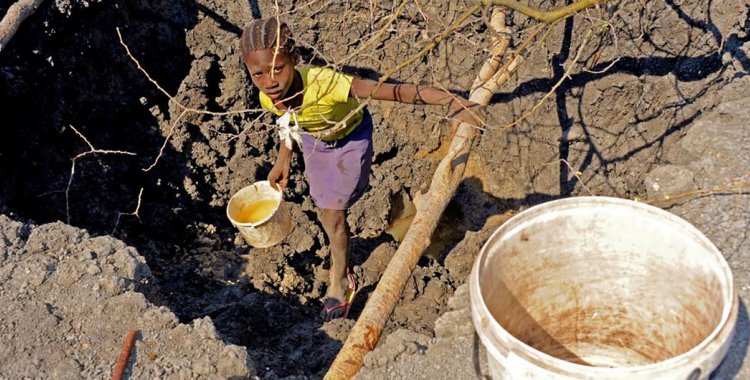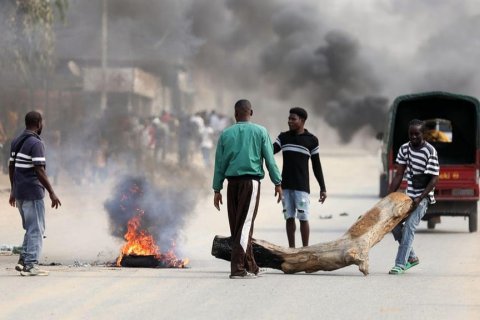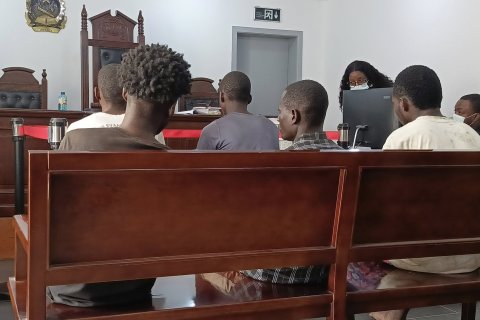In a report, from February this year, called "Monitoring the Rainy Season 2020-2021 in Angola", to which Lusa agency had access, it states that since October 2020 WFP has been doing remote monitoring of household vulnerability to food insecurity, through telephone calls.
This assessment aims to provide high-frequency data to monitor food security trends in real time, with data from recent months indicating that above 65 percent of households are consuming cereals and root/tuberculars from purchases.
"Consumption of own-produced products has a weight of 16 percent in cereals and 29 percent in roots and tubers. Other food sources cited are regular remittances from relatives and occasional gifts," the report indicates.
In recent months, the provinces of coastal and central Angola had below average rainfall, with Kwanza Sul, Benguela, Huambo, Namibe and Huila, with less than 40 percent of average rainfall, and Bié and northwest Cuando Cubango, between 40 and 60 percent of average rainfall.
The provinces of Uige, the southern part of Moxico and a large part of Cunene and Cuando Cubango had above average rainfall.
"A comparison of precipitation observed since 1981 indicates that the southwestern provinces experienced the worst drought in 40 years, during the months of November 2020 to January 2021," the document reads.
The below-average rains, the report stresses, caused the state of vegetation to worsen between December 2020 and February 2021, with the data indicating that the provinces of Luanda, Kwanza Sul, Benguela, Huambo, Namibe, Huila, western part of Cunene are with 50 to 70 percent of the average vegetation, which could reduce agricultural productivity and quality of pastures.
Kwanza Sul, Benguela, Huambo, Namibe and Huila began to experience much below average rainfall from December 2020, with below average vegetation cover and a decreasing trend until the second week of February this year in those regions.
The rainy season in the affected provinces usually ends in the first week of May, the research highlights, pointing out that there are only two months left before the end of the rainy season.
"If rainfall shortages prevail there will be low first-crop harvests and there will be little opportunity for second-crop sowing due to lack of residual moisture in the soil. Depending on the severity of the drought, some regions may experience water shortages for human consumption, as happened in 2019," it warns.
The UN organization recommends continued rainfall monitoring to identify the most critical provinces and municipalities "for an in-depth post-harvest food and nutrition security assessment, with the aim of measuring in detail the magnitude and severity of the impacts of rainfall shortages on food and nutrition security."
"It is advisable that sectors and entities dealing with food security and nutrition already now outline possible mitigation interventions to acute food insecurity and acute malnutrition for the scarcity period, which will run from September 2021 to March 2022," the study advises.







